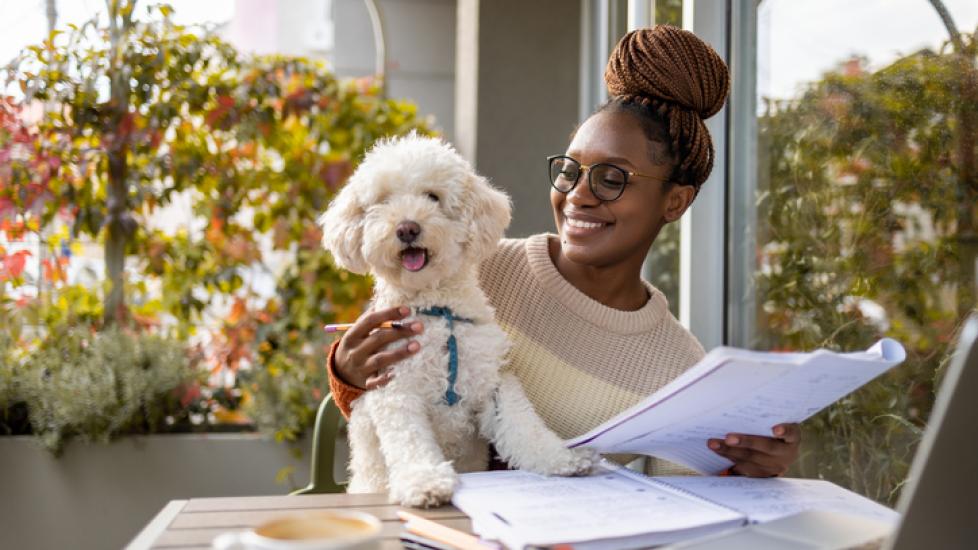In the world of pets, dogs have long been considered man’s best friend. They are not only loyal companions but also skilled communicators. Understanding your dog’s body language is crucial for effective communication and building a strong bond with them. Here’s how you can decode those tail wags, ear positions, and other subtle cues that tell you what they’re trying to say:
1. The Tail Wag – A Universal Canine Greeting:
Dogs express joy through vigorous tail wagging. When their tails are high and moving energetically from side to side, it usually means they’re happy or excited to see you. However, if the wag is slow or the tail is low, it could indicate uncertainty or fear. If the tip of the tail is tucked between the legs, this might signify anxiety or submission.
2. Ears Up and Alert – Ready for Action:
Erect ears often mean attention and interest. Dogs tilt their heads when they’re curious about something or trying to understand a new sound. Droopy ears, on the other hand, may suggest relaxation or disinterest. Flattened ears against the head, especially alongside a tense posture, signal aggression or fear.
3. Eyes Speak Louder than Barks:
A soft gaze with relaxed eyes typically indicates calmness and approachability in dogs. Direct eye contact can sometimes be seen as threatening by animals who don’t know you well, so it’s important to let your pet set the pace for eye contact. Narrowed eyes accompanied by a stiff stance may show hostility.
4. Posture Matters – Watch Your Step!:
A confident, upright stance suggests self-assurance. Crouching or cowering could mean shyness or fearfulness. A submissive dog might roll onto its back to expose its belly, inviting a rub or signaling surrender. An arched back with fur standing on end is a clear indicator of aggression or defense mode.
5. Greetings Gone Wrong – Avoiding Misunderstandings:
When two dogs meet, they engage in a complex dance of sniffing each other’s rear ends and performing various postures to communicate dominance and respect. As an owner, it’s essential to observe these interactions carefully to prevent fights or misunderstandings among your pooches.
6. Feeding Time Funnels – Deciphering Appetite Signals:
Begging at the dinner table is common, but it’s not healthy behavior. A quiet dog around food usually implies satisfaction, while whining or restlessness near mealtimes might mean hunger pangs. Excessive guarding of food can point to resource-guarding issues that need professional help to correct.
7. Playtime Pleas – Encouraging Physical Activity:
Playful barking, jumping up, and chasing toys are all signs that Fido wants some fun. On the flip side, lethargy and lack of enthusiasm could signal health problems or boredom. Regular exercise is key to keeping our four-legged friends both mentally stimulated and physically fit.
Decoding a dog’s body language requires patience, observation skills, and a bit of detective work. Every dog has its own personality, and context plays a significant role in interpreting behaviors correctly. By learning to read your dog’s signals accurately, you’ll enhance your relationship and provide a happier, healthier life for your beloved companion. So, next time Rover tilts his head quizzically or wiggles his way into your lap, remember that he’s speaking volumes without saying a word—and you’ve got the keys to unlock his secret messages!
